
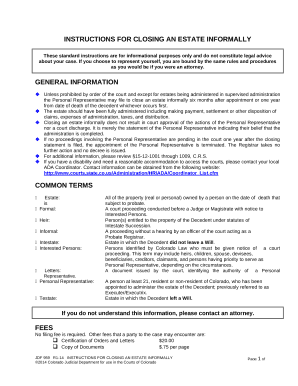
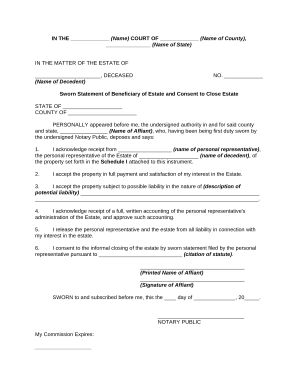

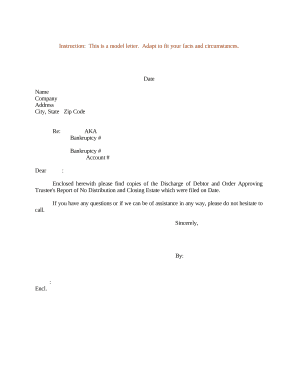
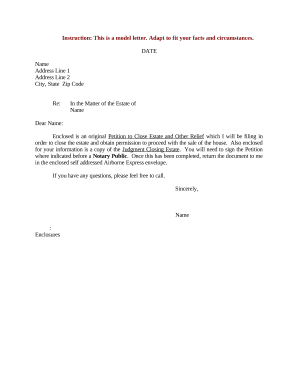
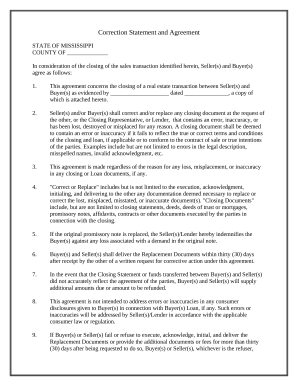

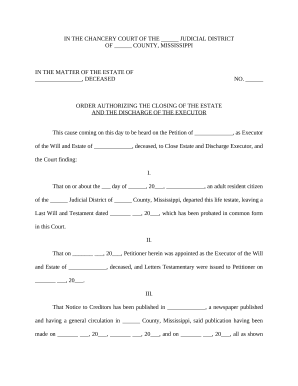
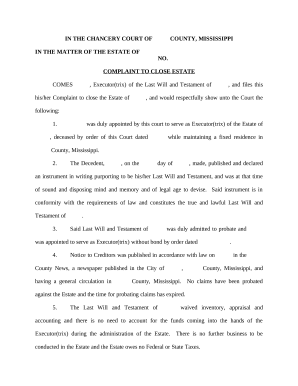
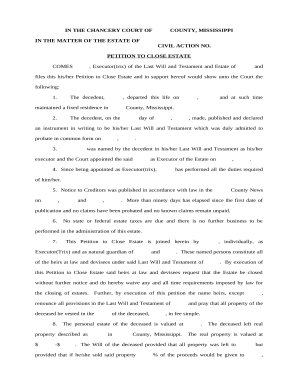
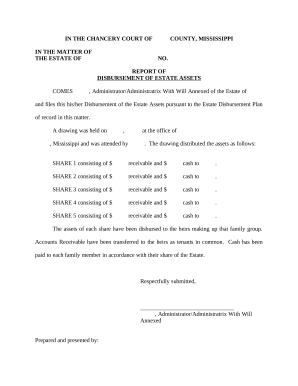
Document administration can stress you when you can’t discover all the forms you need. Luckily, with DocHub's vast form library, you can find everything you need and promptly take care of it without the need of switching between apps. Get our Estate Closing Forms and start working with them.
The best way to manage our Estate Closing Forms using these basic steps:
Try out DocHub and browse our Estate Closing Forms category easily. Get a free profile right now!